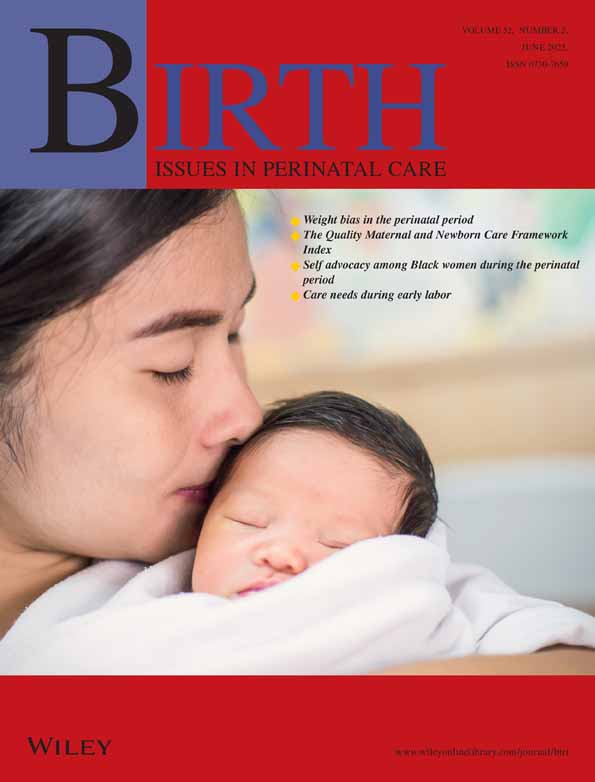In Memory of Roberto Caldeyro-Barcia, MD, 1921–1996
I had the privilege of meeting Dr. Roberto Caldeyro-Barcia in Moscow in 1973, just before the International Federation of Gynecologists and Obstetricians (FIGO) elected him President. For five days during the Congress I listened to speaker after speaker debate the pros and cons of various technologies. Each time I attended a scientific forum moderated by Dr. Caldeyro-Barcia I was heartened when he questioned the presenters, “Yes, but what about the baby? How does this procedure (or drug) affect the fetus?”
His questions sometimes brought a blush of embarrassment, but all too often the speaker's response was one of surprise that he would ask such a question. The death of Dr. Roberto Caldeyro-Barcia on November 2, 1996, was more than just a loss to his loving family; his death was a loss to every woman who gives birth today. We have lost a friend whose enormous prestige allowed him to publicly challenge the value of routine obstetric interventions such as enforced fasting during labor, intravenous drips, restricted movement during labor, amniotomy, routine use of the lithotomy position, episiotomy, and forceps extraction during birth. He not only deplored the routine use of pain-relieving drugs, but he took establishment obstetrics head-on when he voluntarily stated at the Semmelweiss Conference in 1976, sponsored by the New Jersey College of Medicine and Dentistry:
The main cause of fetal distress is iatrogenic, and it is the abuse of oxytocin all over the world. Oxytocin is given in most cases when it is not needed at all and the result, the effect, is the reduction in the blood flow through the intervillous space.
His position no doubt helped to convince the U.S. Food and Drug Administration to remove its approval of oxytocin for the elective induction of labor in 1978.
Dr. Caldeyro-Barcia, born in Montevideo, Uruguay, received his medical degree from the University of Uruguay School of Medicine in 1947. While a student, he was already carrying out research in the school's Institute of Physiology. In his honor, the university created in 1959 the service of obstetrical physiology and made him chairman. In 1970 he became the director of the Pan American Health Organization's Latin American Centre of Perinatology and Human Development. He was a consummate scientist who contributed substantially to improving the care of high-risk mothers and their babies. With his colleague, Hermogenes Alvarez, he developed the mechanism and formula for quantifying uterine activity known as the Montevideo Unit.
He was the initial inventor of the electronic fetal monitor, but was also the first to deplore its routine use. Where his star shone brightest, however, was in his effort to make birth a safer and more rewarding event for the essentially healthy women who make up 90 percent of the childbearing population.
He frequently called attention to the importance of noting both the newborn's 1- and 5-minute APGAR scores, reminding the audience that:
The 1-minute APGAR score tends to reflect the condition of the fetus in utero. The 5-minute APGAR tells you how skilled the anesthesiologist was in resuscitating the baby.
His interest in preserving the normalcy of birth whenever possible was evident when, in 1969, he organized a monumental conference, “Perinatal Factors Affecting Human Development,” held in Washington, DC, and funded by the Pan American Health Organization (PAHO) and the World Health Organization (WHO). The conference brought together the world's leading health professionals and behavioral scientists to examine the impact of obstetric practices on maternal and infant outcome. In 1985 he organized, with the help of pediatrician Dr. Marsden Wagner, a PAHO/WHO Working Party that met in Forteleza, Brazil. The purpose of the meeting was to assess the safety and effectiveness of current maternity care. The results of these series of meetings, intended to improve the quality of maternity care, can be seen most recently in the 1997 WHO publication Care in Normal Birth: A Practical Guide (1).
Some who came before him questioned the various interventions that had gradually become accepted practice patterns in obstetric care, but it was Dr. Roberto Caldeyro-Barcia who cared enough about mothers and babies to step forward and be counted. Even though his duties as President of FIGO took him worldwide, he never hesitated to accept the invitations of consumer groups involved in improving maternity care. He expressed his respect for the ideas of other speakers by always coming to a conference early enough to hear those who presented before him and then staying on to hear the presenters who followed him on the program. He left the conference bookstore loaded with books by parents as well as health care providers, and he urged the broadened use of professional midwives in America.
As the years went by, we became close family friends. He and his lovely wife Ofelia often stayed with us when they visited New York. We found Dr. Caldeyro-Barcia to be an erudite renaissance man who was interested in many topics far removed from obstetric care. I am sure that his obvious love for his wife, the mother of his seven children, and his respect for her quick wit and common sense contributed to his concern for making the birth of a child the fabulous, gratifying experience it can be. Those of us who knew him mourn Dr. Caldeyro-Barcia's death.
Where is the obstetrician who will fill Caldeyro-Barcia's shoes today? If you find him or her standing in the shadows, hesitant to take up the banner, let us know. The time is much more accepting of change today. Science is on our side.




